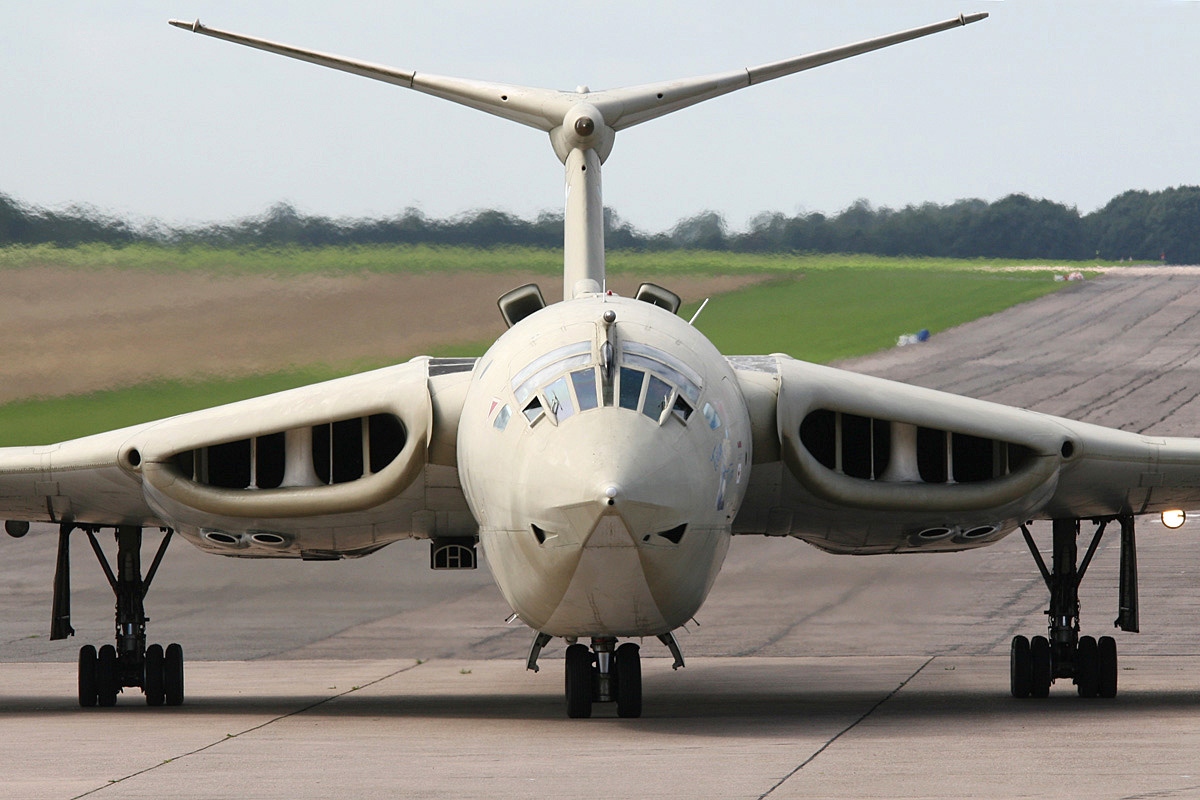Royal Air Force Station Marham (RAF Marham) is located in Norfolk, United Kingdom.
The British RAF station opened in 1916 to protect the region from German dirigibles in World War I. It reopened as a heavy bomber unit for World War II. In the 1950s and 1960s, tanker planes from Marham pioneered in-flight refueling.
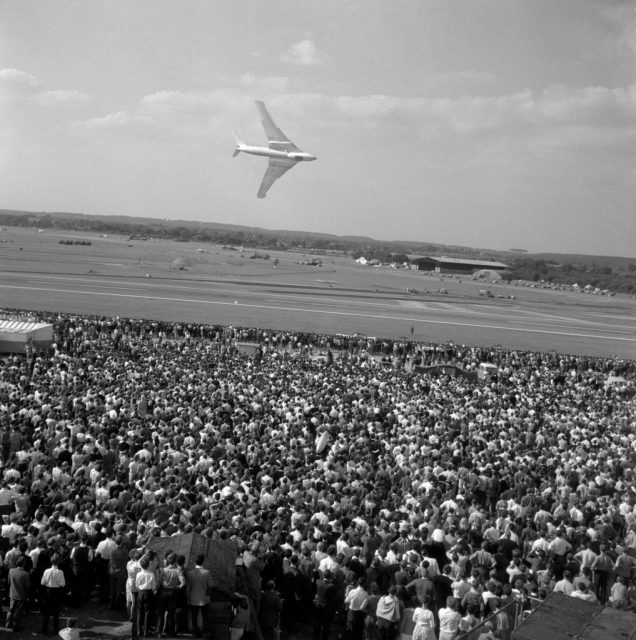
From the late 1940s to 1969, the station was home to a fleet of Victor bombers. These were used as part of the UK’s nuclear deterrent effort as one of three bombers the British had which were capable of carrying nuclear weapons. They also were used to refuel bombers in the Falklands War.
The last of these V-bombers, XH673, is known as the Victor Gate Guardian at Marham. It has been a welcoming sight to visitors for decades.
However, a recent examination of the jet plane uncovered substantial structural weaknesses.
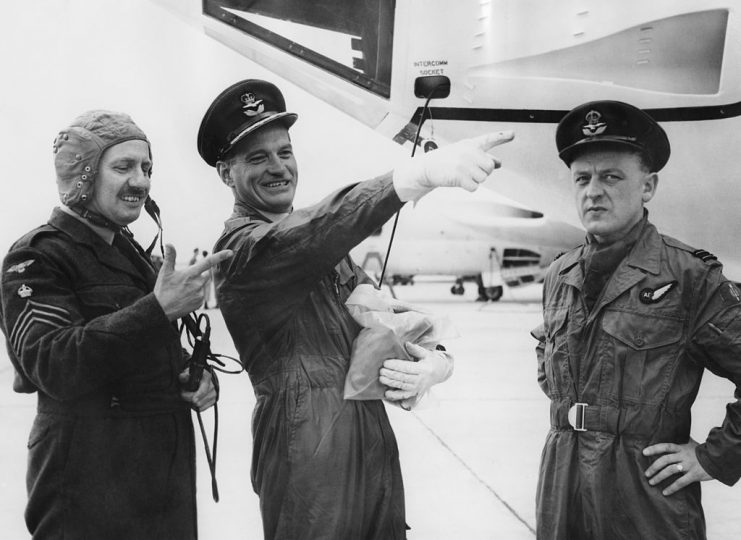
The cost to repair the plane are more than the station can afford so they are offering the plane for free to anyone wishes to remove the plane and restore it.
A spokesman for the station said that if no one claims the plane, it will be broken down and scrapped.
Should the plane be scrapped, the station intends “to keep the tail of the Victor and mount it on a concrete plinth as a dedication to all the personnel that have worked on and flew in the Victor.”
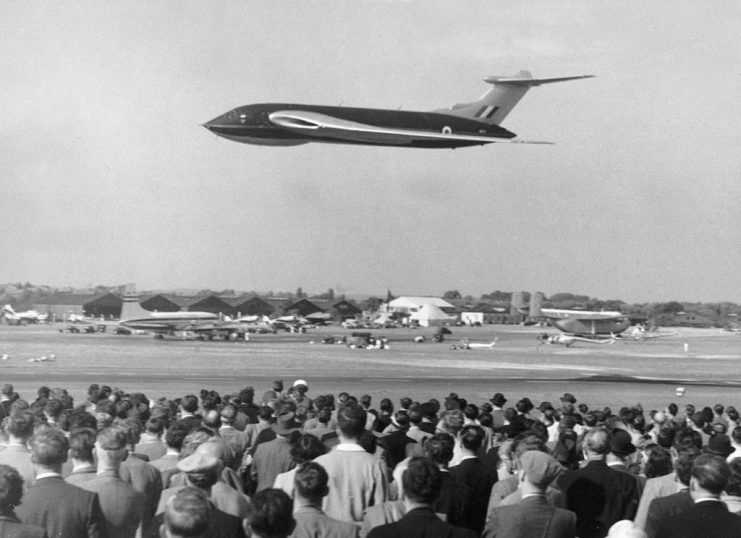
Anyone interested in taking the plane must prove that they have the funds to undertake the restoration and are able to remove the plane themselves.
Interested parties have until the end of February 2020 to submit their offers. Included in the offers must be the evidence of financial capability to perform the restoration as well as proof of ability to remove the plane from the premises.
The time frame can be negotiated, though the station recommends moving it in the spring or summer months.
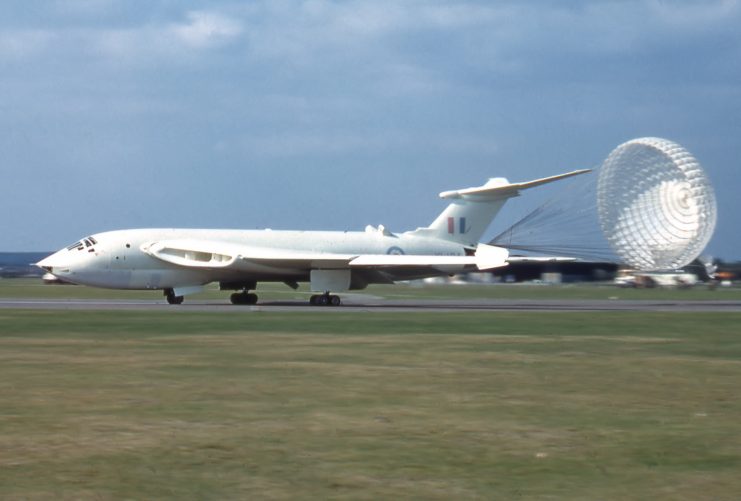
There will be an event for interested parties to come see the Victor before it is removed.
While receiving offers, the station will be conducting a survey to determine the cost of scrapping the plane in case no one successfully bids on the plane.
Easily recognizable by her unique wing design, the Victor was an elegant and streamlined plane with excellent speed and high-altitude capabilities (top speed of 640 miles per hour and a ceiling of 52,493 feet).
https://www.youtube.com/watch?v=WeBPOxPsVfI
The design was developed by Godfrey Lee who used German plans for aircraft recovered after World War II as his inspiration.
The first production Victor was entered into service trials in 1956. In 1957, the Victor became the largest airplane to break the speed of sound.
Production delays meant that the original model was nearly obsolete when it went into service. A new model with longer wingspan.
Campaign to Save Doomed Falklands War Carrier From the Scrapyard
The Mk 2 version of the plane was released but saw little combat. The planes were eventually repurposed as reconnaissance aircraft while the first generation Victor’s became refueling tankers.
The Victor served through the Iraq War before being retired.
